no products in the cart
0

Sirens sleep in submerged slumber. In their dreams, swimming becomes flight—gliding through vast expanses of sea and sky, past shimmering synths and aqueous pads. Sonic layers accumulate like coral reefs, teeming with hidden life.
Water ripples all around, and echoing sounds stretch out into a shady, sub-aquatic habitat. Its dark corners slowly burst into view as cresting noises reveal fresh caverns teeming with liquid life. This is Sueños Acuáticos, the latest sonic exploration from Lamina, a musical project by French artist Clarice Calvo-Pinsolle. Built from years of carefully gathered field recordings, the album constructs immersive, detailed soundscapes where watery environments, caves, and forests intertwine with digital manipulations.
Rooted in the myth of the ‘Lamina’, a creature from Basque folklore, the project blends this oral tradition with technology to build a geological myth. The Lamina’s world—a nocturnal ecosystem of water and stone—serves as the foundation for the album’s sound design. Lamina reshapes these natural recordings into something new: stretching, pitching, and layering them to build intricate sound environments that feel simultaneously organic and synthetic. “I transform these sounds much like I would sculpt in ceramics,” explains Calvo-Pinsolle, “by adding and removing material, and imagining landscapes.”
Drawing from hydrofeminist and posthuman ideas, particularly those in Astrida Neimanis’ Bodies of Water, the album treats sound like water—shifting, flowing, connecting, and buoying life. Tracks flow into one another without clear boundaries, much like the natural currents they represent. The result is a continuous listening experience, inviting deep focus on texture over melody.
Lamina is exploring the potential of the field recording as a compositional tool. Natural sounds, like trickling water or wind through trees, are processed out of recognition—or cliché. A sense of weightless immersion takes hold as Lamina’s music unfolds, and listeners float freely, choosing their own adventure in the Lamina’s home. Less a set of songs than its own evolving environment, Sueños Acuáticos (‘Aquatic Dreams’ in English) is a meticulously constructed work in which we can freely float.
€14,00
only 4 left

Sirens sleep in submerged slumber. In their dreams, swimming becomes flight—gliding through vast expanses of sea and sky, past shimmering synths and aqueous pads. Sonic layers accumulate like coral reefs, teeming with hidden life.
Water ripples all around, and echoing sounds stretch out into a shady, sub-aquatic habitat. Its dark corners slowly burst into view as cresting noises reveal fresh caverns teeming with liquid life. This is Sueños Acuáticos, the latest sonic exploration from Lamina, a musical project by French artist Clarice Calvo-Pinsolle. Built from years of carefully gathered field recordings, the album constructs immersive, detailed soundscapes where watery environments, caves, and forests intertwine with digital manipulations.
Rooted in the myth of the ‘Lamina’, a creature from Basque folklore, the project blends this oral tradition with technology to build a geological myth. The Lamina’s world—a nocturnal ecosystem of water and stone—serves as the foundation for the album’s sound design. Lamina reshapes these natural recordings into something new: stretching, pitching, and layering them to build intricate sound environments that feel simultaneously organic and synthetic. “I transform these sounds much like I would sculpt in ceramics,” explains Calvo-Pinsolle, “by adding and removing material, and imagining landscapes.”
Drawing from hydrofeminist and posthuman ideas, particularly those in Astrida Neimanis’ Bodies of Water, the album treats sound like water—shifting, flowing, connecting, and buoying life. Tracks flow into one another without clear boundaries, much like the natural currents they represent. The result is a continuous listening experience, inviting deep focus on texture over melody.
Lamina is exploring the potential of the field recording as a compositional tool. Natural sounds, like trickling water or wind through trees, are processed out of recognition—or cliché. A sense of weightless immersion takes hold as Lamina’s music unfolds, and listeners float freely, choosing their own adventure in the Lamina’s home. Less a set of songs than its own evolving environment, Sueños Acuáticos (‘Aquatic Dreams’ in English) is a meticulously constructed work in which we can freely float.


we write about records, events, and other small discoveries.

